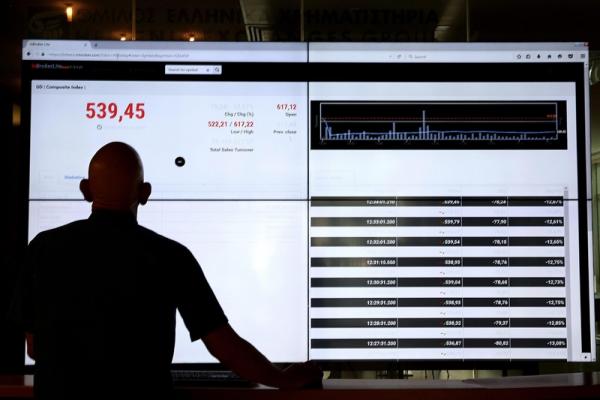This post was originally published on this site
https://i-invdn-com.akamaized.net/news/fa8a2f803ea2ddf92359d55091dcde0a_M.jpg © Reuters. New IMO low-sulphur rules overshadow Hapag-Lloyd’s 2020 profit outlook: CEO
© Reuters. New IMO low-sulphur rules overshadow Hapag-Lloyd’s 2020 profit outlook: CEOHAMBURG (Reuters) – Tougher rules on sulphur emissions from ships set by the International Maritime Organisation (IMO) from January burden the profit outlook for Germany’s container shipping line Hapag-Lloyd this year after a good 2019, its chief executive said.
“This will make it difficult for us to achieve a better (2020) result,” Rolf Habben Jansen told reporters in Hamburg in comments on the ban on ships using a sulphur content above 0.5% on risk of fines, which is shaking up oil and shipping.
But with above-market growth rates in transport volumes in 2019, Hapag-Lloyd was on a good course with its profits to help offset the extra costs from more expensive fuel and vessel refits, he added.
The company, the world’s fifth biggest container liner, will report 2019 earnings on March 20.
It prepared early for the changes, including the staggered introduction of a mechanism to pass on some additional costs for IMO-compliant fuels to customers.
It also modernized its fleet through its purchase of Gulf peer UASC, switching to more efficient vessels, and continues to analyze all technological options to reduce emissions such as scrubbers and switching to ships run on liquefied (LNG).
Transport volumes probably grew by 1.5% in full year 2019 compared with an assumed moderate global industry growth rate of around 1%, Habben Jansen also said.
Nine-month transport volumes were up by 1.2% year-on-year at 9,011 twenty foot equivalent units (TEU).
Habben Jansen added that the bulk of IMO-related burdens would become evident in first half 2020 while he was optimistic the expansion of transport volumes could continue throughout the year.
He also said that new ship orders could be considered again this year after a long period of restraint.
“We will have to start replacing ships in our fleet from 2022, 2023,” he said.
This could include ships with up to 23,000 TEU capacity. Currently, its biggest ships can carry 19,000 TEU.
Fusion Media or anyone involved with Fusion Media will not accept any liability for loss or damage as a result of reliance on the information including data, quotes, charts and buy/sell signals contained within this website. Please be fully informed regarding the risks and costs associated with trading the financial markets, it is one of the riskiest investment forms possible.

